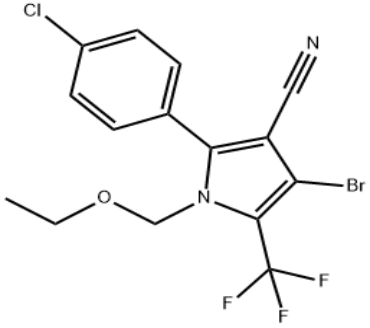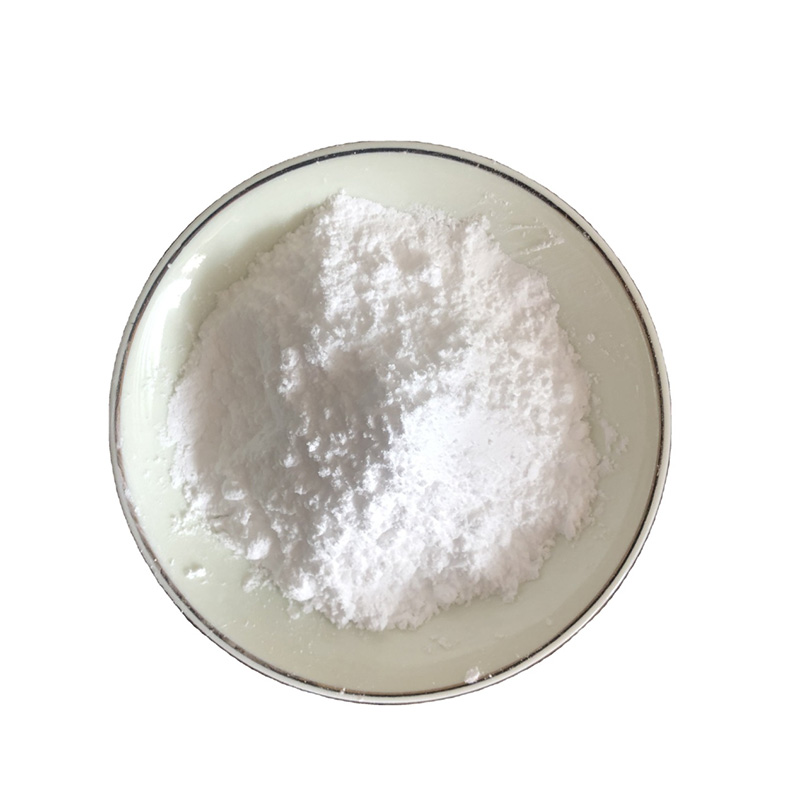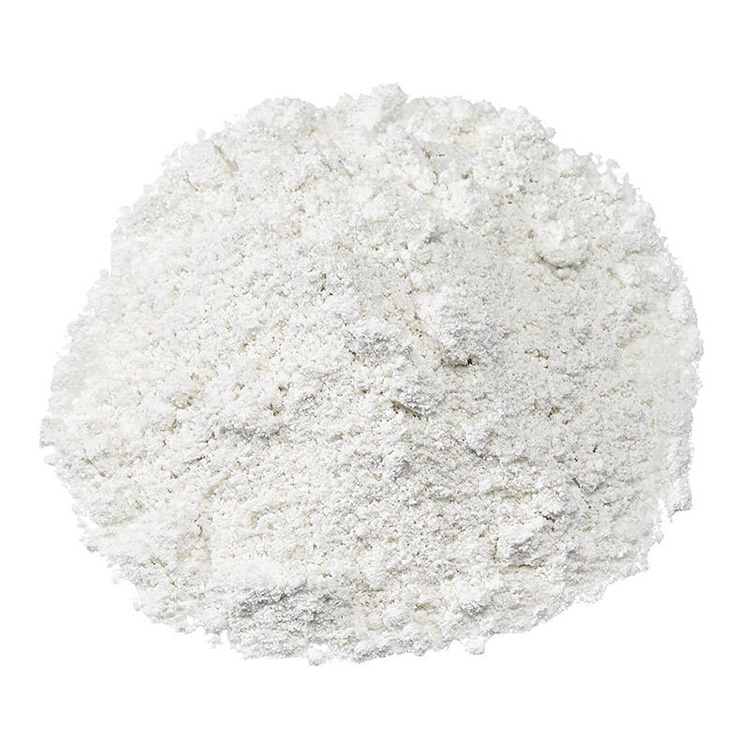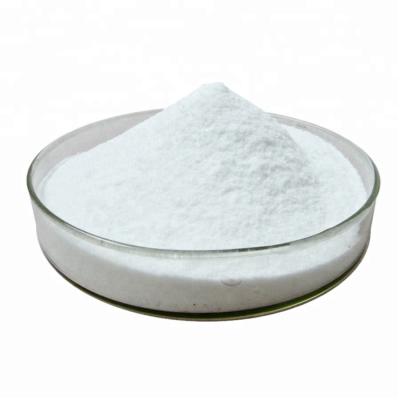Chlorfenapyr Insecticide
Common name: CHLORFENAPYR
Chemical name:
4-bromo-2-(4-chlorophenyl)-1-ethoxymethyl-5-trifluoromethylpyrrole-3-carbonitrile
Molecular formula: C15H11BrClF3N2O
It has excellent control effect on drilling, biting, sucking and chewing pests and mites. It is more effective than cypermethrin and cypermethrin.
Chlorfenapyr is converted into active substances (insecticidal interest) by multifunctional oxidases in bugs. note: multifunctional oxidase mainly performs an critical role inside the interpretation of pyrethroids, organophosphorus and macrolides.
Common name: CHLORFENAPYR
Chemical name:
4-bromo-2-(4-chlorophenyl)-1-ethoxymethyl-5-trifluoromethylpyrrole-3-carbonitrile
Molecular formula: C15H11BrClF3N2O
Structural formula:

Molecular weight: 407.61
CAS No. : 122453-73-0
Physical and chemical properties:
Pure white solid. M.p. 91 ~ 92℃(100 ~ 101℃), soluble in acetone, ether, dimethyl sulfoxide, tetrahydrofuran, acetonitrile, alcohol and other organic solvents, insoluble in water.

Usage:
New structure of pyrrole insecticide, acaricide. It has excellent control effect on drilling, biting, sucking and chewing pests and mites. It is more effective than cypermethrin and cypermethrin, and its acaricidal activity is stronger than dicofol and tricyclic tin. The agent has the following characteristics: broad-spectrum insecticide, acaricide; Both stomach poison and touch effect; No cross resistance with other insecticides; It has moderate residual activity on crops. It has selective endosuction activity when absorbed by roots in nutrient solution. Moderate oral toxicity to mammals, low percutaneous toxicity; Low effective dosage (100g active ingredient /hm2). Its insecticidal and acaricidal activities and unique chemical structure have attracted extensive attention.
Submitted successfully
We will contact you as soon as possible




